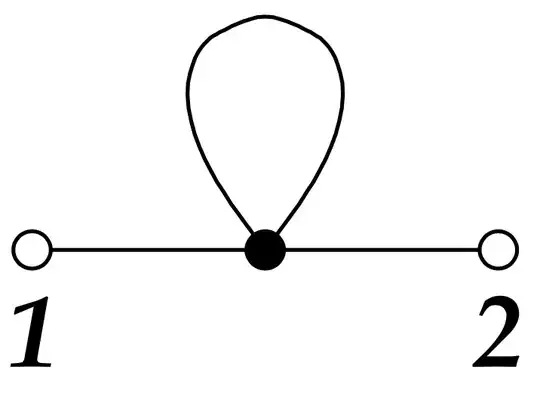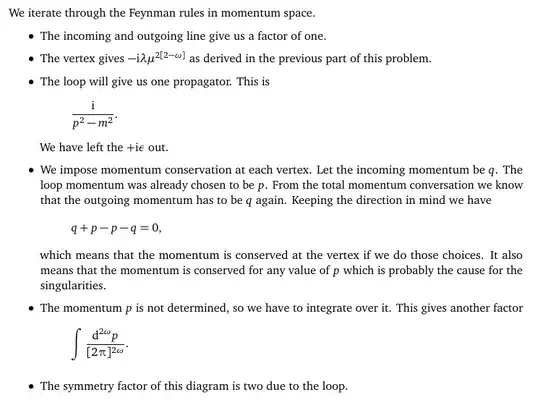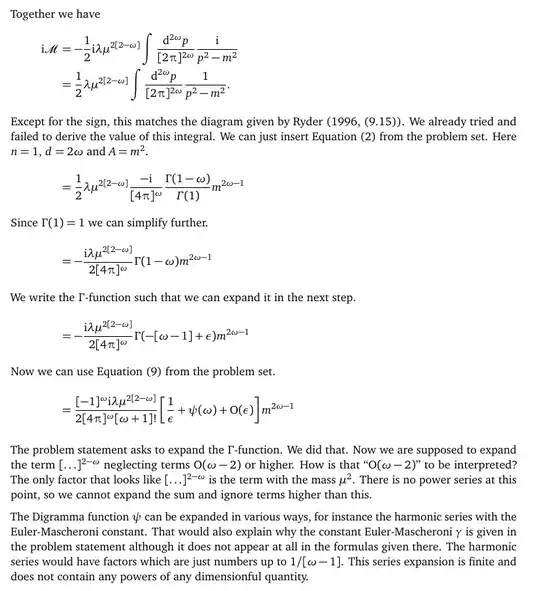To define a $\phi ^4$ massless theory, you can't simply start from a lagrangian $$\mathscr L = \frac{1}{2}(\partial\phi)^2-\frac{g_0}{4!} \phi^4,$$ separate a kinetic term $\mathscr L _0= \frac{1}{2}(\partial\phi)^2$ and do perturbation theory around $g _0=0$. The reason is that, even in lowest order of perturbation theory, the $\phi^4$ term will give rise to divergent diagrams like the one you have just calculated, which are formally infinite. To treat such diagrams, you need:
- To introduce a regulator, like an UV cutoff $\Lambda$ in the propagators.
- To impose some (in this case, three) finiteness conditions on the Green's functions.
- To express all quantities in terms of the (finite) parameters introduced in step 2.
The procedure will work only if you start from a renormalizable lagrangian like: $$\mathscr L = \frac{1}{2}(\partial\phi)^2-\frac{m_0^2}{2}\phi^2-\frac{g_0}{4!} \phi^4.$$
The purpose of Step 1 is to make sense of divergent quantities like $G_0(x-x)$. A simple way that works for the $\phi^4$ theory is Pauli-Villars regularization: $$\tilde G_0(p)=\frac{1}{p^2-m_0^2+i\varepsilon}\to \tilde G_0(p)_\Lambda = \frac{1}{p^2-m_0^2+\frac{(p^2)^2}{\Lambda^2}+\frac{(p^2)^3}{\Lambda^4}+i\varepsilon}.$$
In step 2 we can at one time make the theory massless and eliminate the divergent diagram that you have calculated. We simply require that$^1$: $$\tilde G(p^2=0)^{-1}=0.$$
This ensures that the physical mass of the particles described by the theory is zero, and if you calculate the propagator to first order in $g_0$, you'll also find that the constant value of the divergent diagram is exactly canceled by the bare mass $m_0^2$.
$^1$ Actually, to first order in $g_0$, this condition suffices to renormalize the theory.


